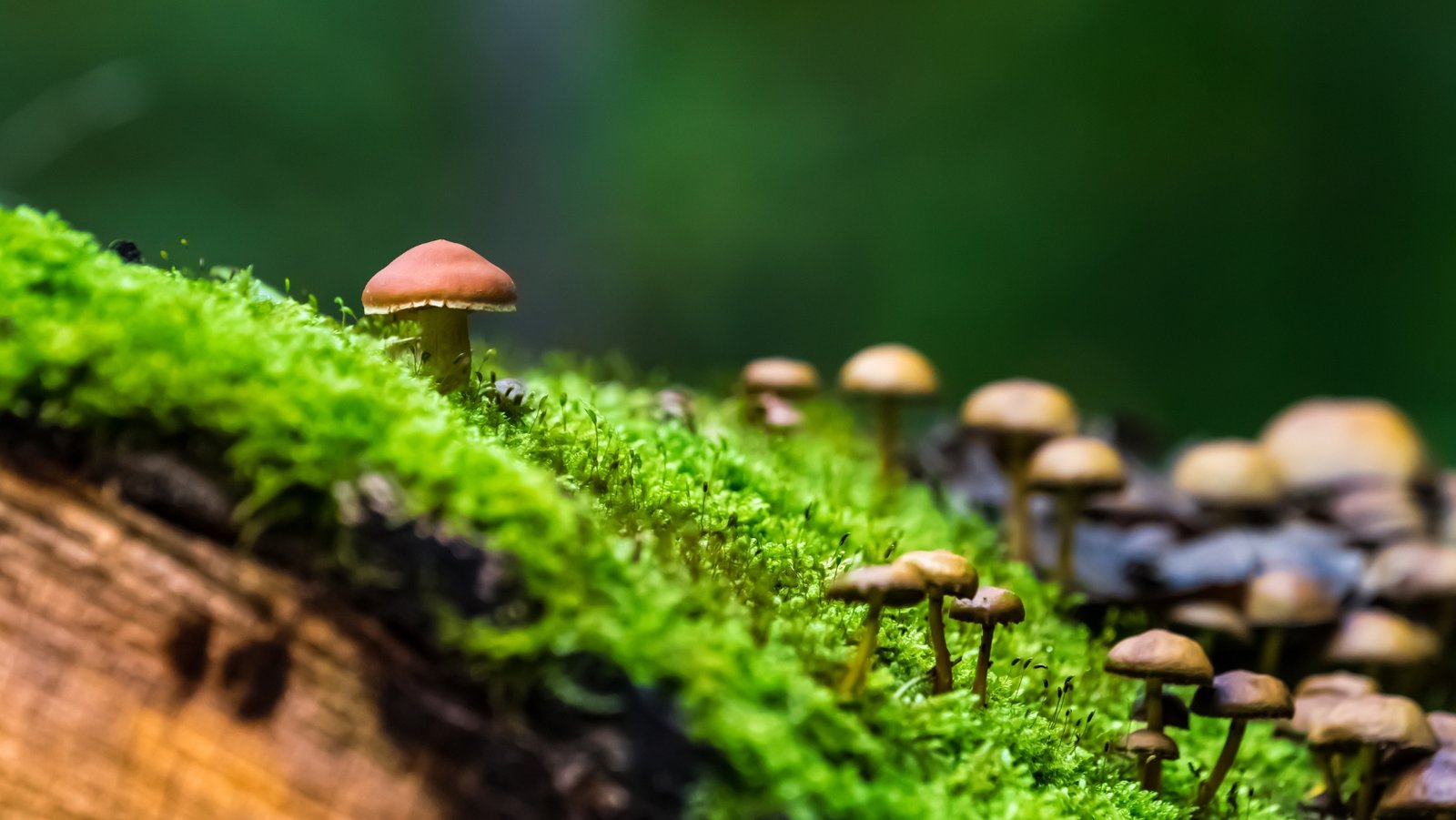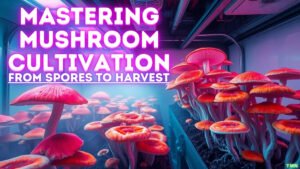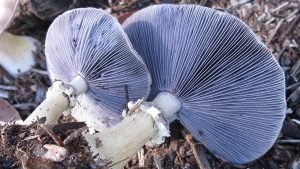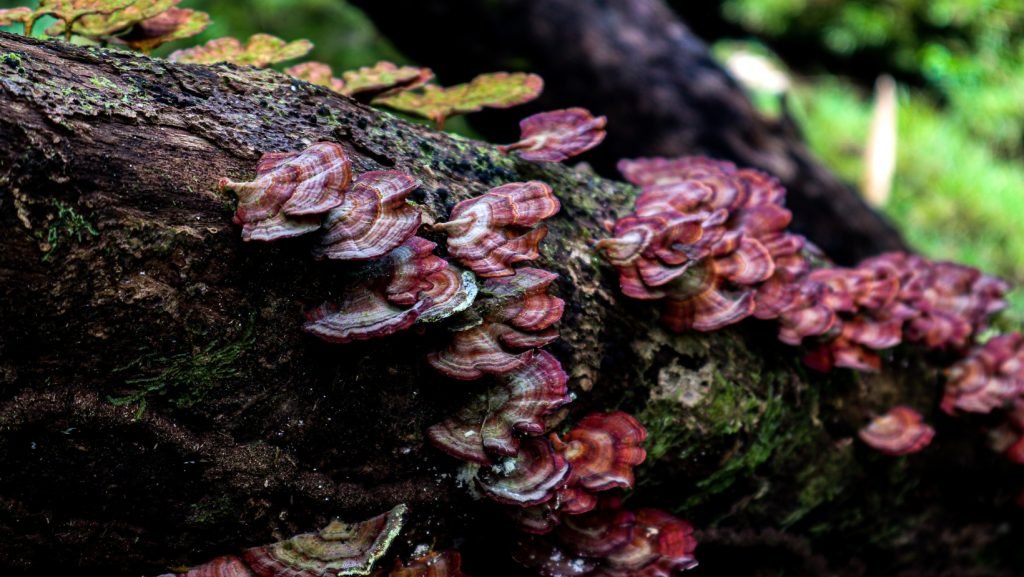In the vast, interconnected web of life on Earth, fungi are more than mere spectators. They’re active and essential players, often behind-the-scenes, working towards the maintenance of the ecological balance. Their role as decomposers, nutrient cyclers, and symbiotic partners is well acknowledged, yet one of their more innovative applications has only recently started gaining momentum – Mycoremediation. This article will delve into this fascinating aspect of mycology, illustrating how fungi, often seen as nature’s waste processors, are turning out to be our unlikely environmental saviors.
Defining Mycoremediation:
Mycoremediation is a form of bioremediation, a process that uses biological organisms to degrade or transform harmful substances into less toxic or nontoxic forms, restoring the natural environment. Fungi, particularly certain species of mushrooms, have demonstrated an incredible capacity to break down a wide range of pollutants, effectively detoxifying landscapes that have been contaminated.
Mechanisms of Mycoremediation:
Fungi primarily employ two mechanisms in mycoremediation – biodegradation and biosorption.
Biodegradation involves the enzymatic breakdown of pollutants by fungi. Fungi produce a wide array of enzymes, such as laccases, peroxidases, and cytochrome P450 enzymes, which can act on a variety of pollutants, including persistent organic pollutants (POPs), heavy metals, and even radioactive waste.
In contrast, biosorption is a process where pollutants adhere to the cell wall of fungi. This process is particularly effective in dealing with heavy metal contamination. The fungal mycelium, a network of thread-like structures, acts as a biofilter, trapping and concentrating heavy metals from the environment.
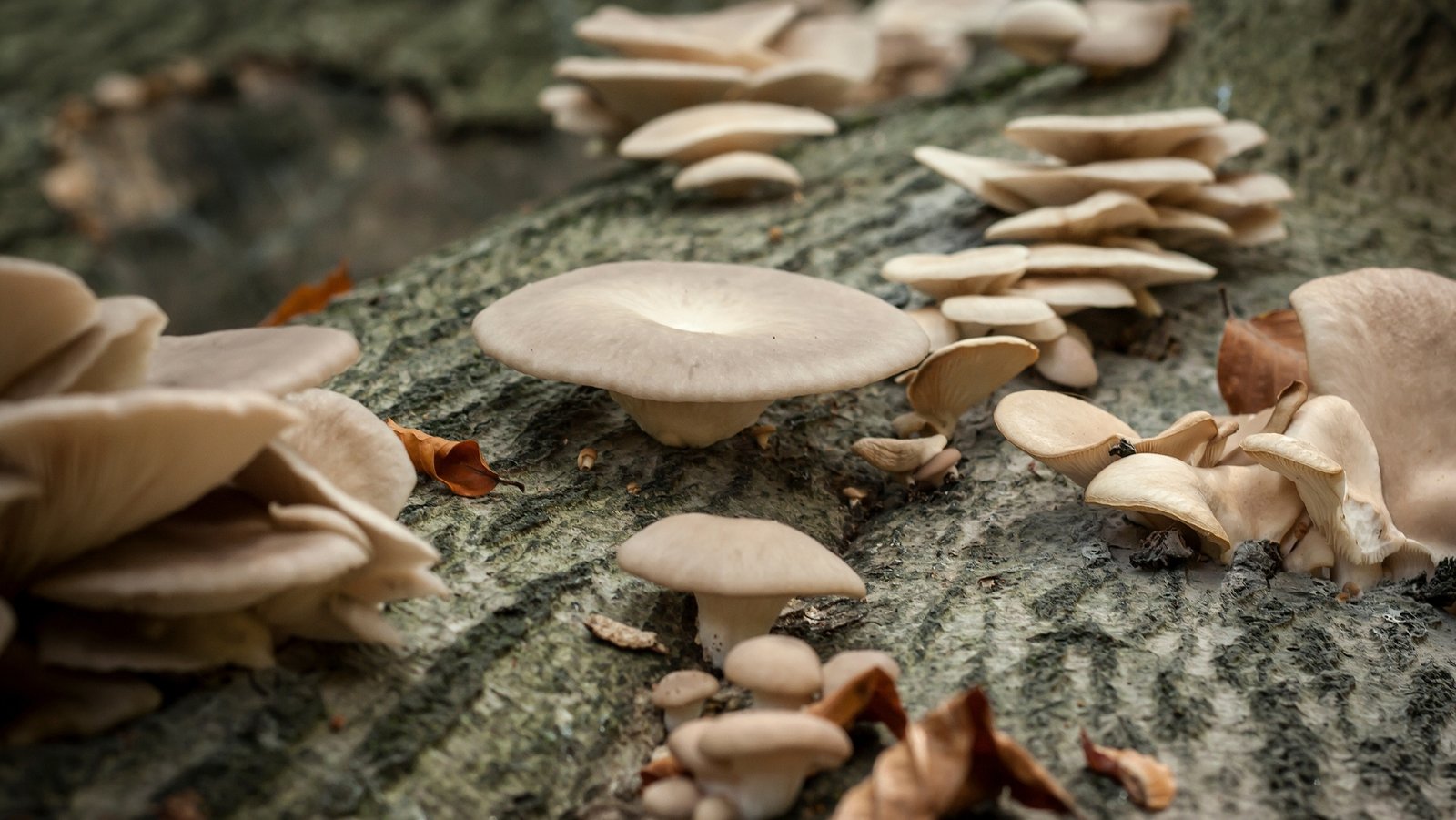
Real-world Applications of Mycoremediation:
-
The Chernobyl Incident: One of the most notable examples of the use of mycoremediation was after the Chernobyl nuclear disaster. Certain species of fungi, such as Cladosporium sphaerospermum, were observed growing towards the radioactive site, seemingly using the radiation as an energy source. This process, known as radiosynthesis, not only highlighted fungi’s incredible adaptability but also its potential use in bioremediation of radioactive waste.
-
Oil Spills: The use of fungi to clean up oil spills is another promising application of mycoremediation. In a study conducted in Ecuador, plots contaminated with oil were inoculated with mycelium of oyster mushrooms (Pleurotus ostreatus). Within a few weeks, an 85% decrease in oil hydrocarbons was observed, with the mushrooms thriving on the diet of heavy oil.
-
Plastic Waste: With plastic pollution posing a significant environmental challenge, several fungi, including Pestalotiopsis microspora and Aspergillus tubingensis, have been found to degrade plastics, specifically polyurethane and polyethylene, respectively. These studies offer a glimpse into potential mycoremediation strategies for managing the global plastic waste crisis.
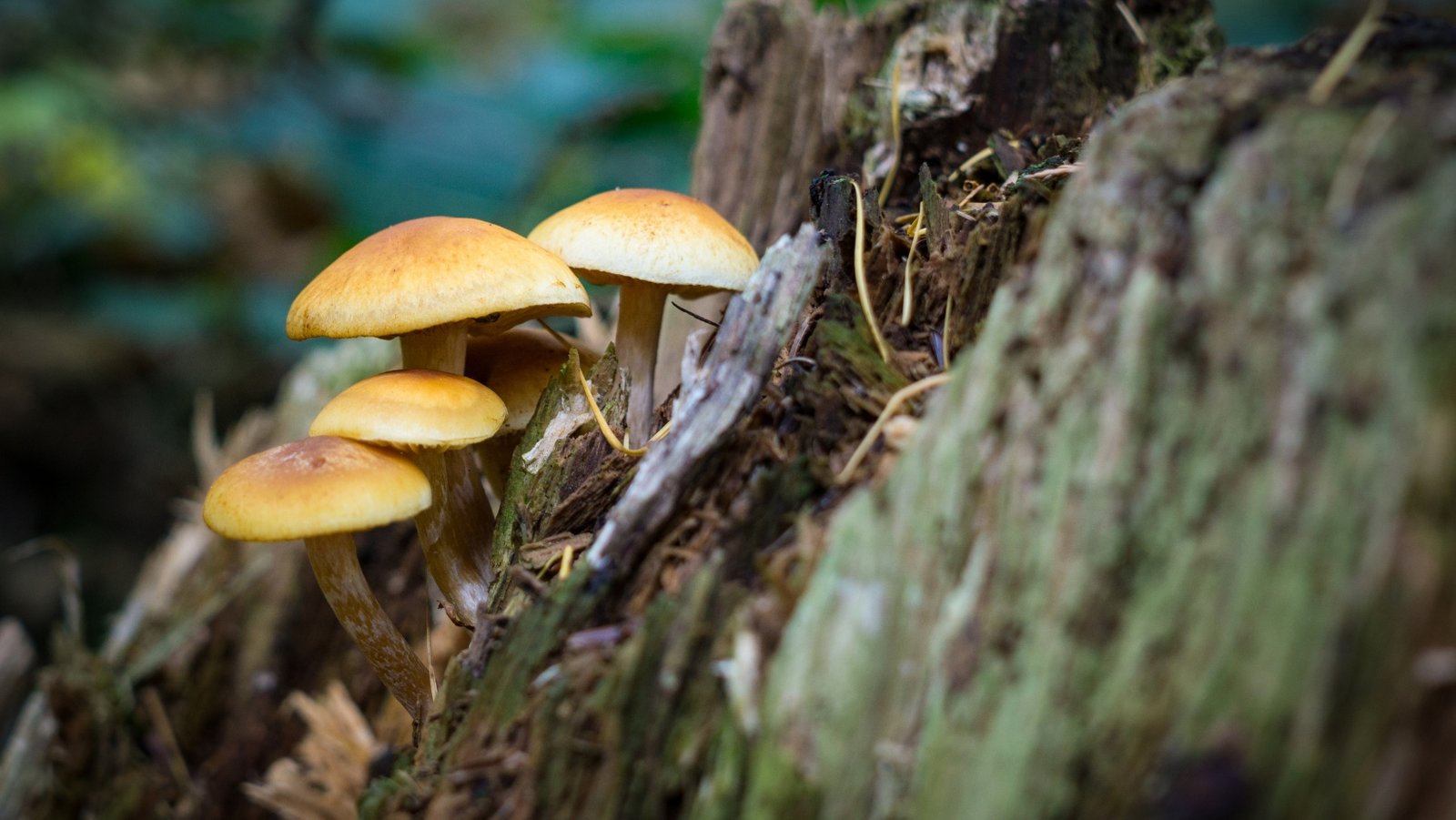
Challenges and Future Directions:
While the potential of mycoremediation is immense, it is not without challenges. Factors such as temperature, pH, moisture, and the presence of other organisms can significantly affect the efficacy of mycoremediation. Furthermore, the complexity of real-world pollution scenarios, where multiple pollutants may be present, poses another significant hurdle.
Nevertheless, the future of mycoremediation looks promising. With advances in genetic engineering and synthetic biology, it is becoming increasingly possible to enhance the innate abilities of fungi or even introduce new pollutant-degrading abilities. As we further our understanding of this incredible kingdom of life, we’re bound to discover even more ways that fungi can assist us in restoring and preserving our planet.
Conclusion:
From the radiation-tainted soils of Chernobyl to oil-soaked lands in Ecuador and plastic-clogged waste dumps, fungi are showing us new ways to address the daunting environmental challenges of our time. As the pioneers of mycoremediation, these humble organisms are transforming from nature’s decomposers to nature’s healers, offering a beacon of hope for a more sustainable future. Their role as environmental saviors only reaffirms the interconnectedness of life and the solutions that nature inherently provides, if only we are willing to look and learn.
Recommended Reads:
Mastering Mushroom Cultivation – From Spores to Harvest
About This Article: Unlock the world of home mushroom cultivation with this comprehensive guide! Discover...
Read More...Mushrooms & Black Holes: Fungi in Extreme Cosmic Conditions
When we ponder the extremities of the universe, our mind often leaps to galaxies, stars,...
Read More...Glowing in the Dark: The Science Behind Bioluminescent Mushrooms
In the vast tapestry of nature’s wonders, few sights are as magical as forests lit...
Read More...King of the Garden: Unveiling the Majesty of Stropharia Rugosoannulata
This article will explore the unique features, growth habits, and culinary uses of the King...
Read More...Whoa there, Spore Sport! 🍄 Looks like you’re not logged in yet. Don’t you know what you’re missing? MYCO-CREDITS! Imagine all the fungal fun you could have. It’s like finding a Morel in May and not picking it. Tragic, right? Log In or Become a Myco-Patron and start racking up those credits. It’s more rewarding than finding a mushroom in your backyard! 🌟🏡

